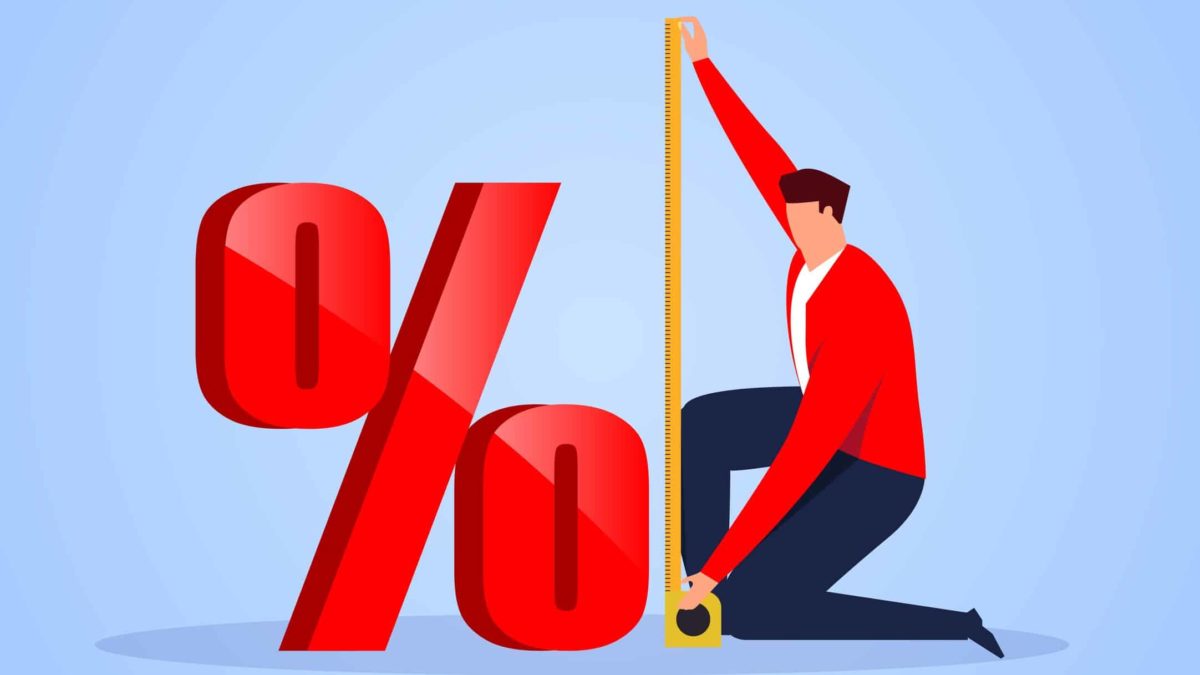Last week certainly was a turbulent one for the Australian share market.
Hotter-than-expected US inflation data led to the market pushing back its interest rate cut expectations and sent many investors to the exits.
This wasn't helped by the release of minutes from the US Federal Reserve's latest meeting, which appeared to indicate that the central bank was concerned with how stubborn inflation was proving to be. The minutes said:
Participants generally noted their uncertainty about the persistence of high inflation and expressed the view that recent data had not increased their confidence that inflation was moving sustainably down to 2 percent.
Though, the central bank did acknowledge that there could be some seasonal factors at play here. It adds:
[A] few participants noted that residual seasonality could have affected the inflation readings at the start of the year.
Furthermore, the general feeling was that inflation will come down to the target rate over the medium term. The minutes state:
In their outlook for inflation, participants noted that they continued to expect that inflation would return to 2 percent over the medium term.
The question, though, is just when exactly that may happen and when US interest rates will start to fall.
What about Australian interest rates?
Australia is generally seen as being a touch behind the US in its battle with inflation. So, this news is likely to have hit hopes of a rate cut in the very near future.
For example, cash rate futures indicate that there is currently just an 8% probability of a rate cut at the Reserve Bank's next meeting in May.
Furthermore, based on the implied yield curve, the market is not expecting a 25-basis point cut to 4.1% until December.
Elsewhere, the latest Westpac Banking Corp (ASX: WBC) weekly economic report reveals that its Chief Economist, Luci Ellis, is feeling more positive about interest rate cuts.
She believes that the RBA will take action in both September and December, meaning the cash rate finishes the year at 3.85%.
Ellis then expects further interest rate cuts in 2025, reducing the cash rate to 3.1% by the end of 2025.
This is due to her belief that the United States and Australia are not comparable and just because expectations overseas have changed, doesn't mean they have to here.
Ellis points out "that simple cross-country comparisons of current levels of the policy rate, or with estimates of neutral rates, are not the whole story."
"Aside from the uncertainties around estimating the neutral real rate of interest, there are other things going on that need to be taken into account. The size and shape of fiscal support is one major divergence that should not be ignored," she adds.
Overall, there could be some relief around the corner for borrowers according to Westpac's economic team. Time will tell if that is the case.









